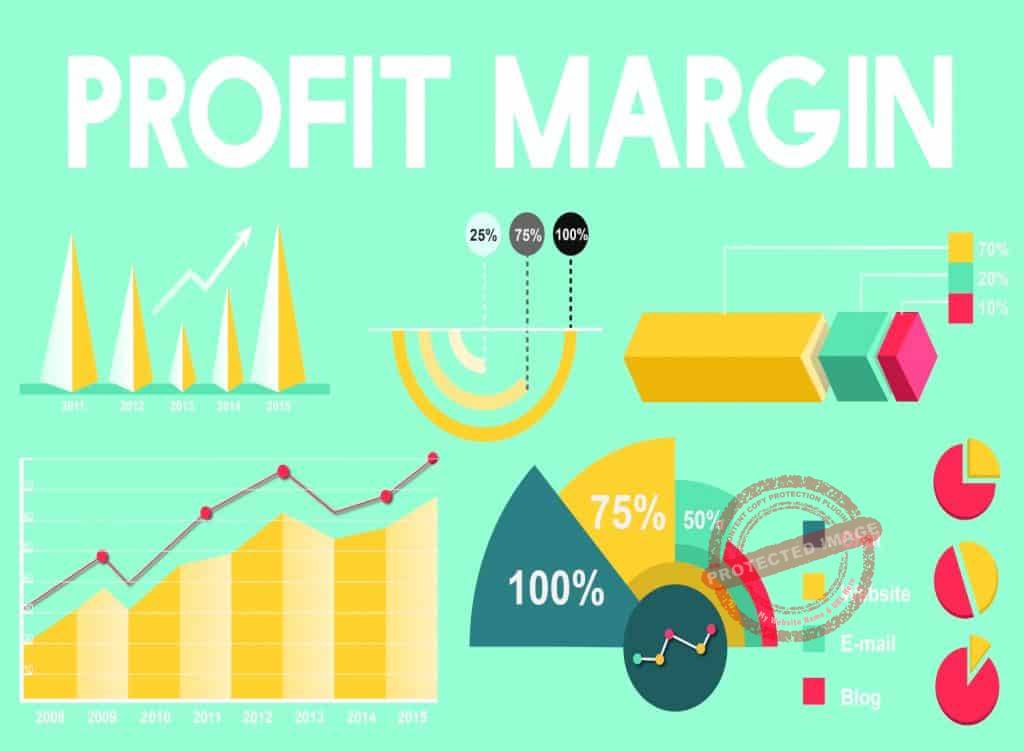How can you measure financial success in your small business? Like all other small business owners, you want your business to succeed. However, you may not have a clue on how to measure financial success in your small business or how to know if your business is on the right track, in the first place.
Of course, the most obvious gauge of success or failure is the financial gains or losses.
Note that, aside from your company’s financial performance, there are other ways to measure success, growth, or sustainability in your small business.
How to Measure Financial Success in Your Small Business
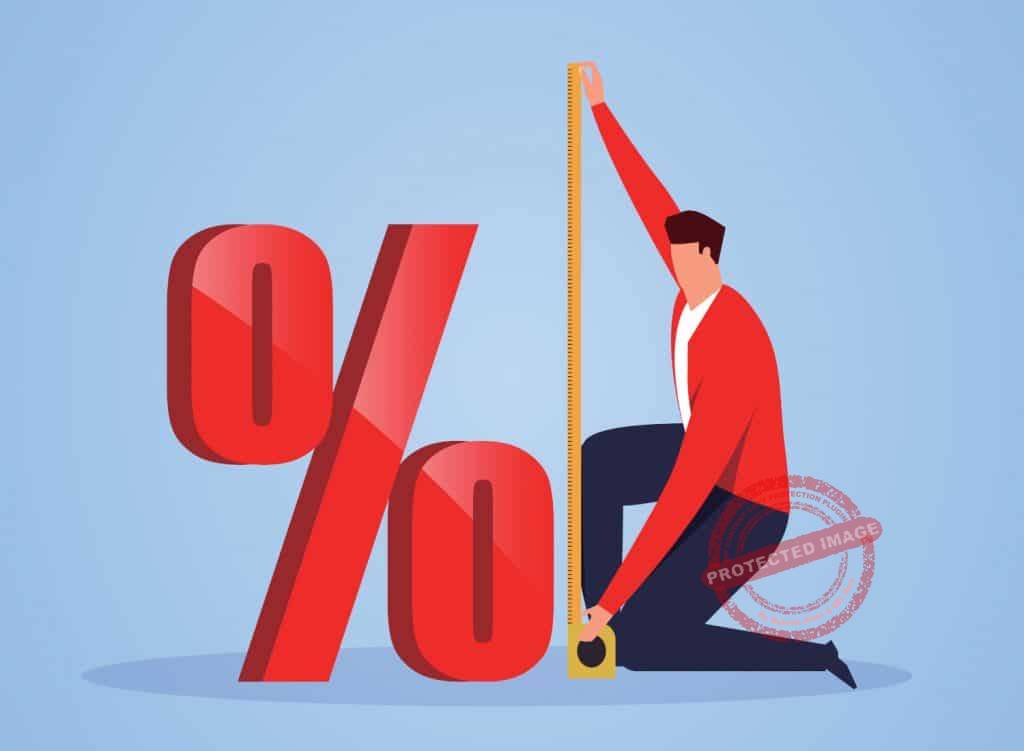
Here are some guidelines on measuring financial success in your small business.
Planning and setting Goals

Measuring success for your business would not be possible if you aren’t clear on the end-goals you want to achieve.
Thus, your first step to measuring the financial success of your business should be to set your end goal.
Consider it as the baseline measurement.
- Are you satisfied being the one-stop small retail store in the street corner?
- Do you want to set up shops in multiple locations, or perhaps be a national chain store?
While your goals may change over time, there must always be a constant goal that you strive to achieve.
An important aspect of running a business efficiently is to make objective decisions.
To do this, you need to do some planning.
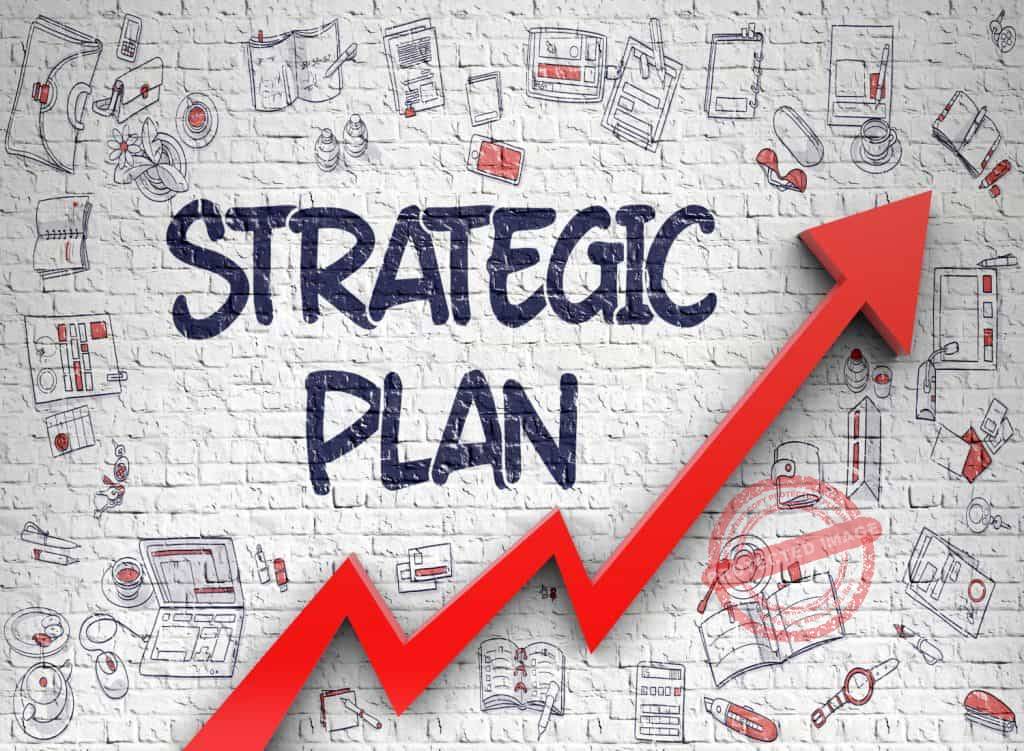
Actually, planning is something that you cannot do without if you intend to achieve your business goals.
Whether you want to plan formally or haphazardly, what matters is that you have an idea of how you are going to make your business succeed.
Your goals must also be realistic.
For instance, if you are aiming to own a national chain of shops within 5 years, and you only have one shop location at present, do you think your goal is realistic?
The chances of turning your one small outlet into a national chain of stores in 5 years look pretty dim.
You may only be committing more financial mistakes if you insist on your plan.
However, if you have a physical store already and you plan to open one in another location in a few years’ time when you have enough resources then you are more likely to succeed.
This is because your goal is more realistic.
Setting Up Key Performance Indicators (KPIs)
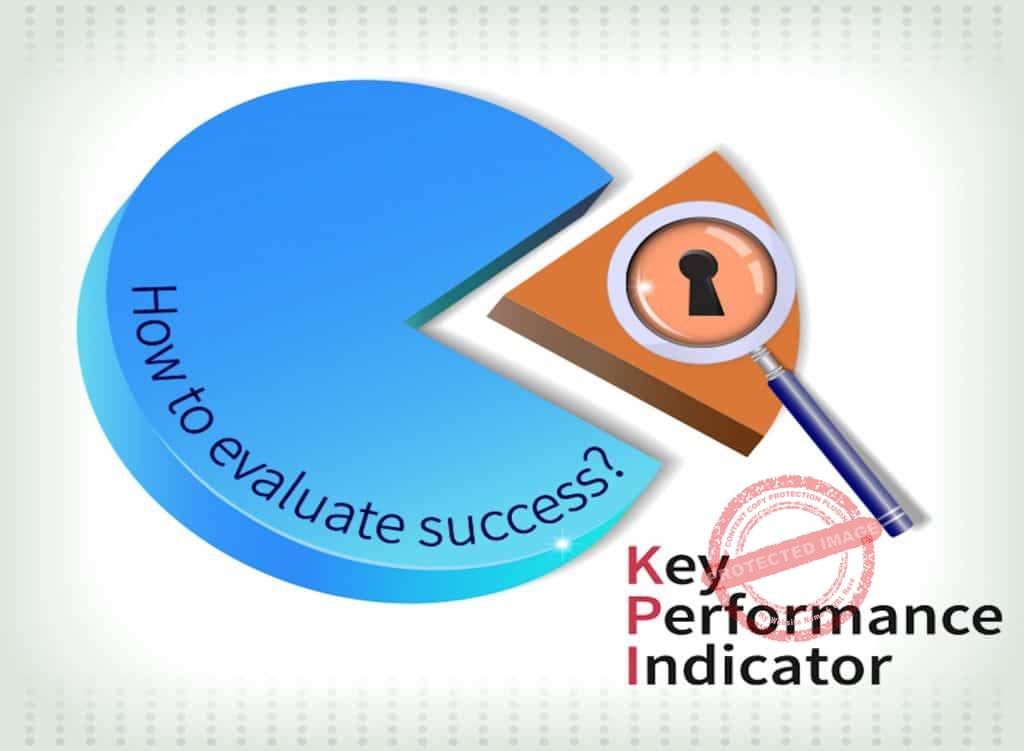
Another tip on how to measure the financial success of your small business is to use KPIs.
KPIs are important when evaluating business performance.
They are essential financial planning tools.
A KPI is a measurable and quantifiable value that can help you determine how efficient your business is performing.
It tells you if you are on the right track to achieving your goals.
By now, you should appreciate why planning and goal-setting are important.
KPIs vary, depending on the type of business.
It also depends on what you need and want to keep track of.
You can’t always expect that your KPIs would be the same as your best friend’s business’ KPIs, although some may be the same.
The key is in making sure that your KPIs are aligned with your business.
Also, you need to choose KPIs that are actionable.
For instance, if you want to find ways to measure success for your retail store, it may be necessary to buy a POS (point of sale) system.
This pos system would help you keep track of what are the peak hours of your business.
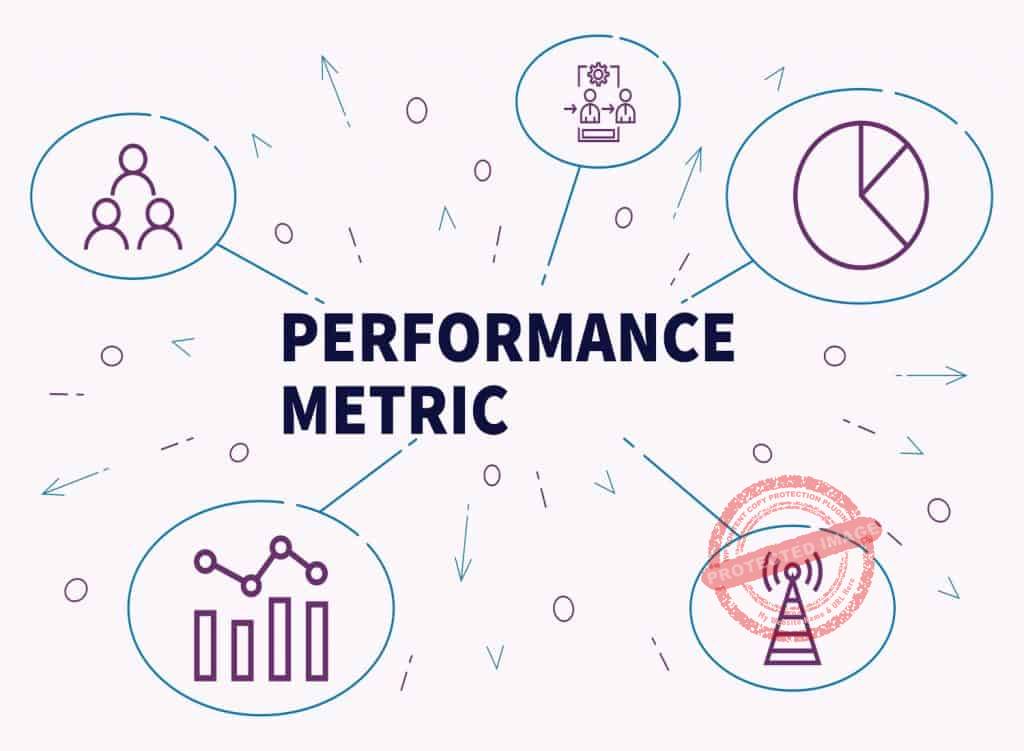
It can also provide your business with metrics to monitor employee performance.
You can use the provided information to come up with sound business financial strategies particularly when it comes to staffing.
This will not only help improve your payroll management.
It can also translate to better sales.
On the other hand, if you own an online retailing business, metrics to measure the success and performance of your business will vary slightly.
Instead of determining your peak business hours, you can instead use financial planning tools and online platforms like Google Analytics.
These tools can help you monitor the times and days when your website traffic is at its peak.
Based on the information you get, you can come up with promotions that will run during those hours and days.
These promotions can help improve customer purchases or their average purchase value.
Measuring Non-Financial Business Performance
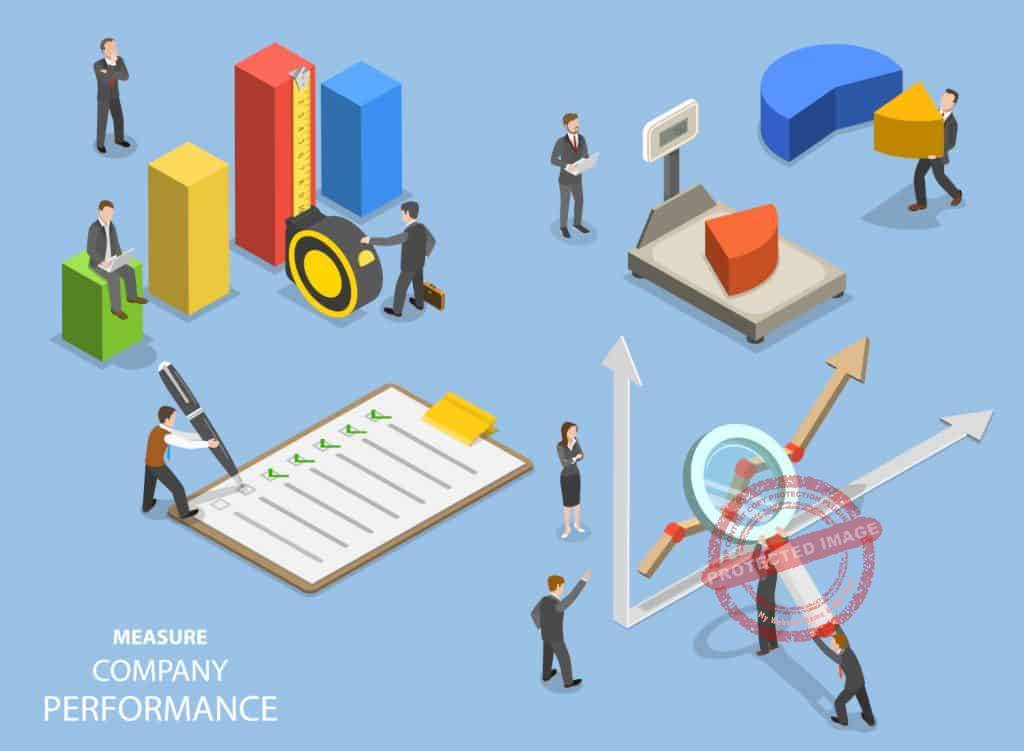
Although we are talking about how to measure the financial success of your small business, it’s still important to consider the non-financial aspect of the business.
Measuring non-financial business performance has to do with evaluating business activities that do not directly generate revenue.
After all, any activity of your business has an effect on your business end goals in one way or another.
Managing small business finances through sound business financial strategies is crucial.
However, there are metrics to measure success that are not financial in nature.
Measuring this non-financial aspect of your business is important because it will ultimately affect the financial success of your business if not given proper attention.
So, how do you go about evaluating business performance using metrics not directly linked to business financial strategies?
First, it is important to distinguish between business activities (non-financial) KPIs and strictly financial KPIs.
Non-financial KPIs are other measures deemed necessary to achieve a business’s goals.
These measures may involve employee satisfaction and performance, customer satisfaction, market competitiveness, and reputation management, among others.
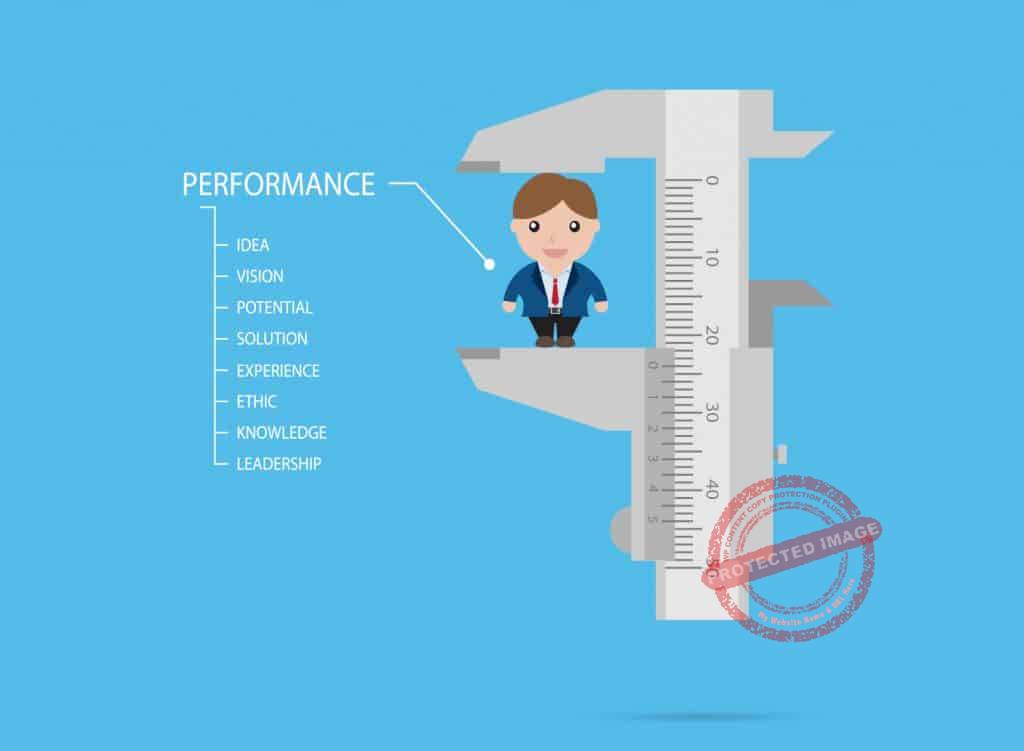
Let’s examine the employee satisfaction example, and study it in more detail.
To evaluate employee satisfaction effectively, you may need to use both qualitative and quantitative measures.
One quantitative metric that can be applied for measuring employee satisfaction would be the churn rate of your employees.
Bear in mind that happy employees often stay with the company longer.
This results in a low churn rate.
To compute the churn rate, get the total number of all employees that have left your business (voluntarily, involuntarily, or both).
Afterward, divide it by the total number of all employees over a given period of time.
For example, a company employs 100 employees at the beginning of the year, and a total of 10 people left voluntarily.
Furthermore, another 10 left involuntarily (due to layoffs).
The employee churn rate total for the year would be 20% (20/100).
Although some of the turnovers are both unavoidable and expected, an excessive number will impact your bottom-line in a negative way.
One qualitative tool that you can use to forecast turnover is a satisfaction survey for employees.
Surveys are great tools that can help you appreciate the happiness and satisfaction levels that employees feel about their jobs.
They are also excellent sources for getting feedback and suggestions on areas where the business can further improve on.
As mentioned, happy and satisfied employees perform better.
They are also more productive and stay with the company longer compared to disgruntled employees.
If some of the people currently working under you are not happy, you may be enabling or nurturing a hostile business environment right in your own backyard.
In turn, this can have an adverse impact on customer satisfaction.
Ultimately, there will be a negative impact on your business’ bottom line.
How to Measure Financial Success in Your Small Business

We have finally come to the main reason for this post.
Which is finding out how to measure the financial success of your small business.
In other words, identifying small business financial metrics.
This is perhaps one language that is understood by all small or large business owners.
After all, every business is out to make money.
Every business must have the right financial knowledge to properly monitor their performance.
This is where the importance of metrics in business, particularly financial KPIs come in.
These KPIs let you know how well your business is generating profits and revenues.
It also lets you know whether or not you are on track to achieving your long-term objectives, and if they are achievable.
One of the most commonly used financial KPIs among businesses is the (GPM) gross profit margin.
This KPI measures the ratio of cash that remains after deducting the cost of goods sold.
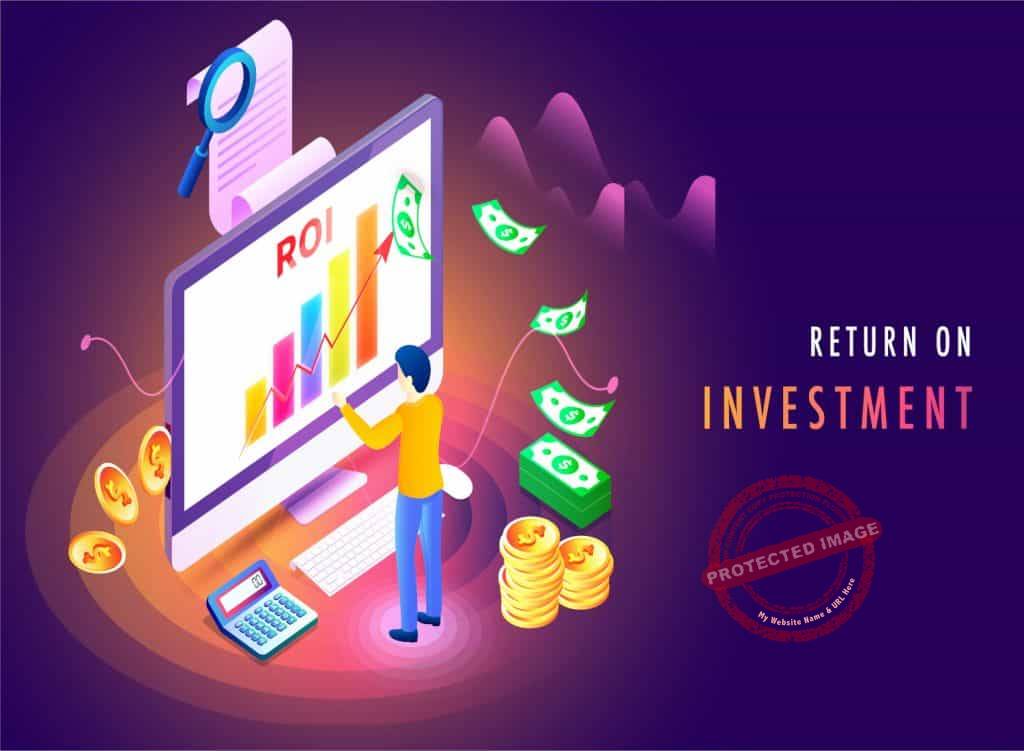
For example, if your company earns $15,000 in revenue, and the cost of goods sold is $7,500, then your gross profit margin (GPM) is computed at 50%.
Another common KPI used for measuring small business finances is sales growth.
It measures the variance in total sales made over a given time period compared to the same period in the past.
For example, this year versus last year, or this month compared to the previous month.
Sales growth is often evaluated on a monthly, quarterly, or annual basis.
There is no question on the importance of metrics in business when measuring the success of your small business.
The lingering question is how you will measure the performance of your business.
While some subjectivity is involved, depending on your individual business, and the industry you belong to, some financial KPIs are relevant across all types of business.
Having said that, the following section will cover the different KPIs commonly used for measuring business performance.
Important Financial KPIs for Small Businesses To Consider
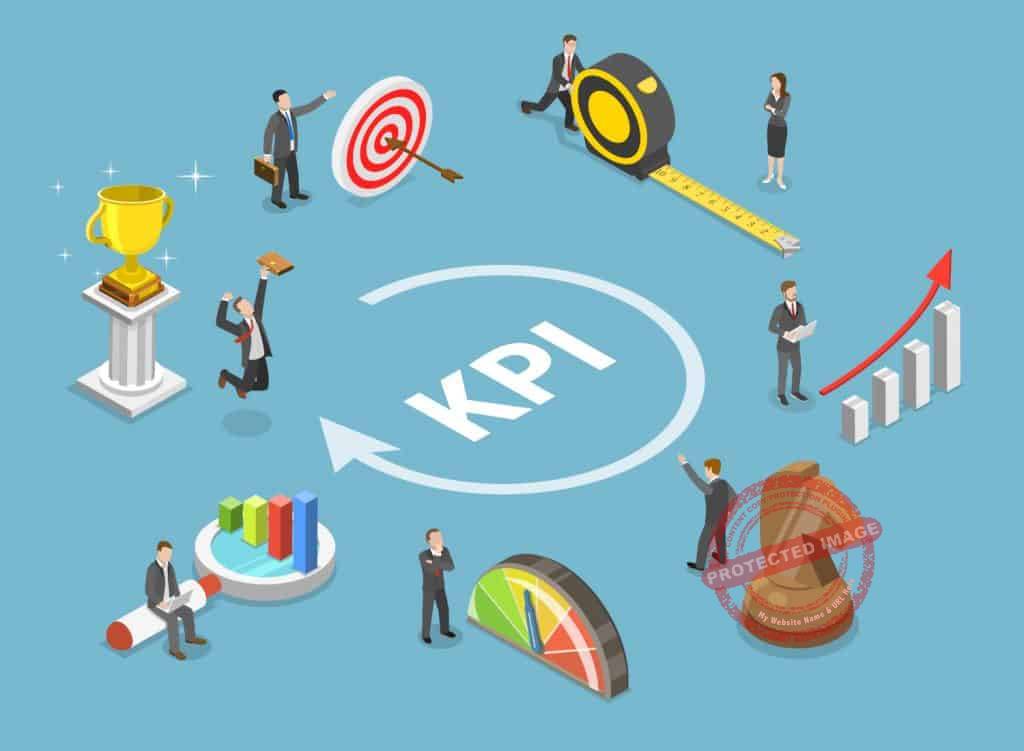
The following are the top 8 financial KPIs that every small business needs to keep track of.
Accounts Receivable (AR)
Accounts receivable is the amount of money due to you after you’ve billed your customers.
For instance, you’re running a plumbing company, and you just completed $5,000 worth of services for a particular job.
The customer paid half of the total right after the completion of the service.
You sent an invoice later for the rest of the amount.
In this case, your accounts receivable is $2,500.
Accounts Payable (AP)
Your AP is the amount of money you owe to creditors such as your suppliers.
This doesn’t include payroll, although you can consider payroll as money owed to your employees.
Payroll is a separate item from AP.
Using the previous example, if you bought materials on credit for the job order you completed above for $3000, it will be recorded in your books as accounts payable.
It will only be removed from AP once the bill is paid.
Cash Flow
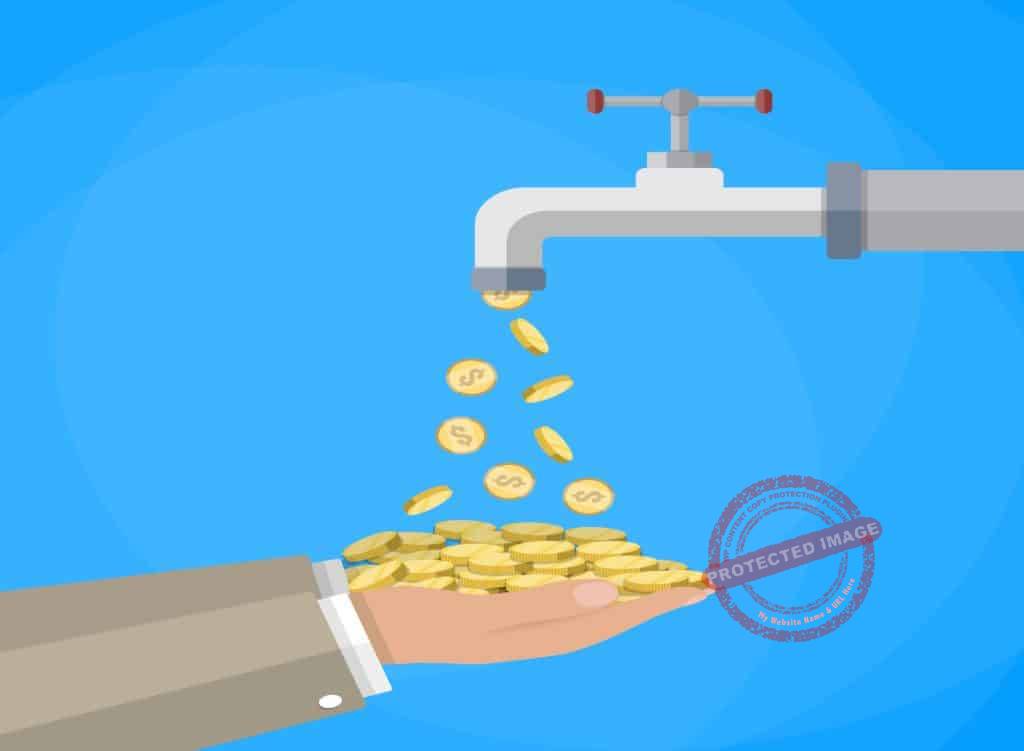
This KPI indicates the relationship between the money that flows into your coffers and the money going out.
It provides you with a picture of disposable cash you have in the bank that you can draw at any time.
Cash inflow includes money from the sale of goods or services.
Cash outflow includes your spending on materials and other necessities to provide your goods or services.
You can monitor your cash flow by preparing a Cash Flow Statement.
When used with the income statement and Balance Sheet, it provides a complete picture of the financial performance of your business.
Cost of Goods Sold
The cost of goods sold or simply COGS includes all the direct costs associated directly with the production or creation of your products.
These include labor, materials, machinery, and equipment that are directly involved in producing the product.
Operating Expenses (OE)
Classified as either fixed or variable costs, these expenses are part of your operations that are not directly related to the manufacturing of your products.
These are known as overhead.
Some examples of fixed operating expenses are electricity, rent, server costs, and the internet, among others.
Examples of variable operating costs are shipping and delivery, office supplies, printer ink, and marketing expenses.
Gross Profit Margin (GPM)
GPM is the amount of money remaining from your revenue after you account for the COGS.
Below is the formula for computing the GPM:
R (revenue) minus COGS (Cost of Goods Sold) equals GP (Gross Profit)
The gross profit margin (GPM) is then computed by dividing the GP by revenue.
Here’s the formula:
GP (Gross Profit) divided by R (Revenue) equals GPM
To illustrate, let’s assume you run a single bakery.
Your business owns all your equipment outright. Your weekly revenue is $12,000, and all the ingredients to come up with all your baked goodies cost $7,000.
To compute for your GP: $12,000 – $7,000 = $5,000.
Your GPM would be $5,000 / 12,000 = 0.42 (or 42% gross profit margin).
This, however, doesn’t tell the entire picture.
This is because in reality, if you hire an aide, or you are still financing your equipment, the COGS will increase, while your GPM will decrease.
One of the common financial mistakes that a lot of small businesses commit when computing for their GPM is to consider only the materials used.
They no longer consider labor as well as other production costs.
By committing this mistake, you unwittingly overstate your GPM.
This can have a significant negative impact on your future business financial strategies and calculations.

Net Profit Margin (NPM) and Net Income (NI)
This is actually your bottom-line.
It gives a picture of the amount of money you make after deducting all costs, including direct costs, as well as indirect costs that include taxes and interest, among many others.
To compute for your net income, begin by getting your (GP) gross profi.
To do this, subtract your revenue from your cost of goods (R – COGS)= (GP).
Then, deduct your operating costs, and other expenses like depreciation and interest.
Lastly, deduct the taxes due.
The figure you will get is your net income (or loss, if you end up with a negative figure).
Cash Burn Rate
This is also known as negative cash flow.
The cash burn rate is an indicator of the pace of your capital spending, start-up capital in particular before you are able to generate positive cash flow from your business operations.
In general, this is expressed as the money you spend each month.
Thus, if your business spends $12,000 each month, your negative cash flow is at $12,000.
The burn rate is the benchmark in determining the runway of a company.
It is also an indicator of the length of time that a business can spend before running out of cash.
For example, if your company has $120,000 stashed in the bank, and your monthly spending amounts to $12,000.
Then your runway is placed at 10 months (120,000 / 12,000 = 10).
Tweaking Your Metrics to Achieve Maximum Value
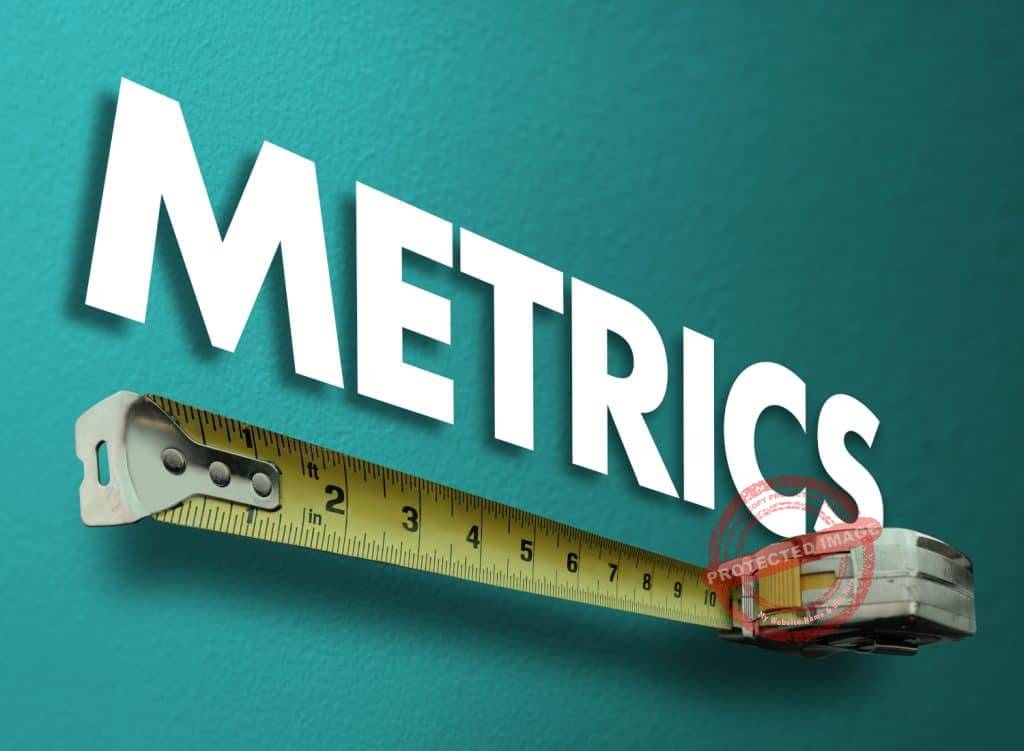
Each of the financial KPIs discussed above, when taken individually, will show you a piece of the entire puzzle; a snapshot, if you may, instead of the complete movie.
As a small business owner, you need to bear in mind that all your KPIs are interconnected.
They are all part of your business financial strategies designed to help your company push forward.
In many cases, it is just a matter of implementing some minor changes to your key performance indicators to create a positive effect that trickles down the line.
Here are some suggested starting points:
- Monitor your accounts receivable closely.
- Manage your direct costs well through proper inventory management.
- Reduce your expenses whenever possible.
- Look for ways to sell by the bulk, or you can offer subscriptions.
- Be proactive with every step you take.
Final Word on How to Measure Financial Success in Your Small Business

As a small business owner, it is understandable that you want your business to succeed.
However, it is not enough that you have the capital and are willing to work hard to succeed.
Goal-setting and proper planning with the help of financial planning tools such as KPIs are also important ingredients for success.
You also need to have sufficient financial knowledge to understand what the KPIs are telling you.
Follow the tips provided in this post.
This way, you can improve your chances of attaining success for your small business.
Check out these internal links to learn more about business success.
Click on Buy Now For a PDF Version of This Blog Post
 |



